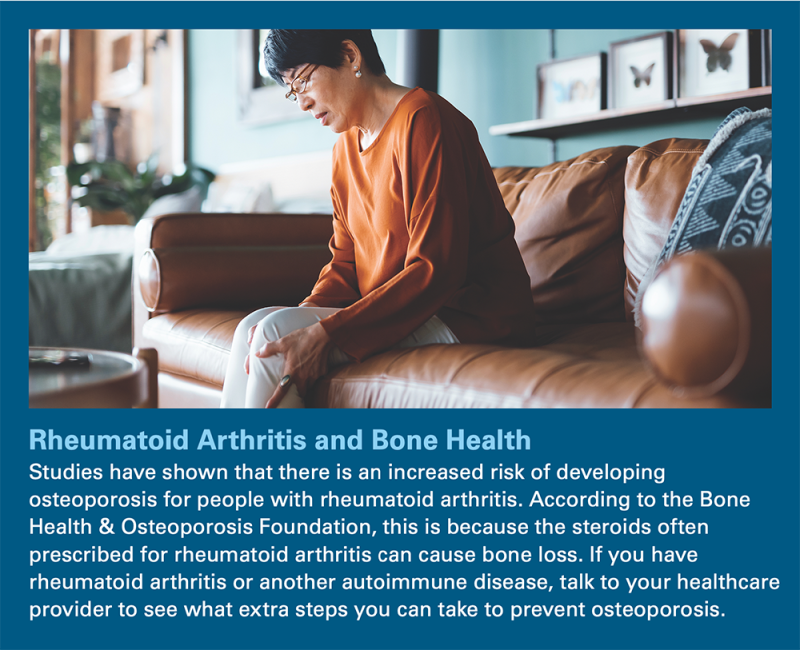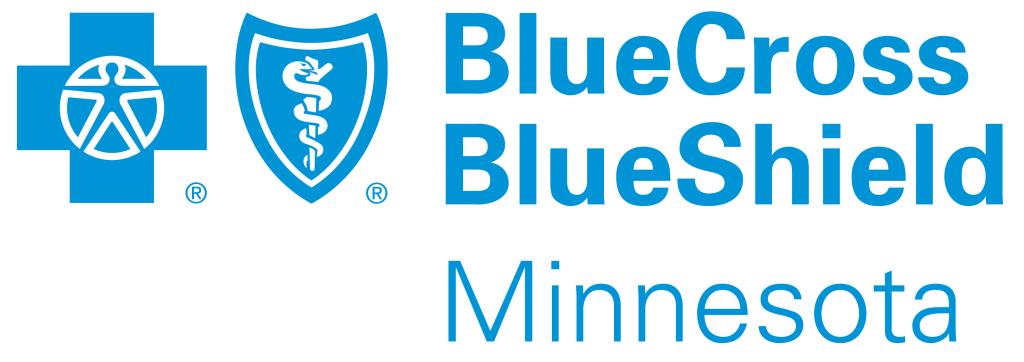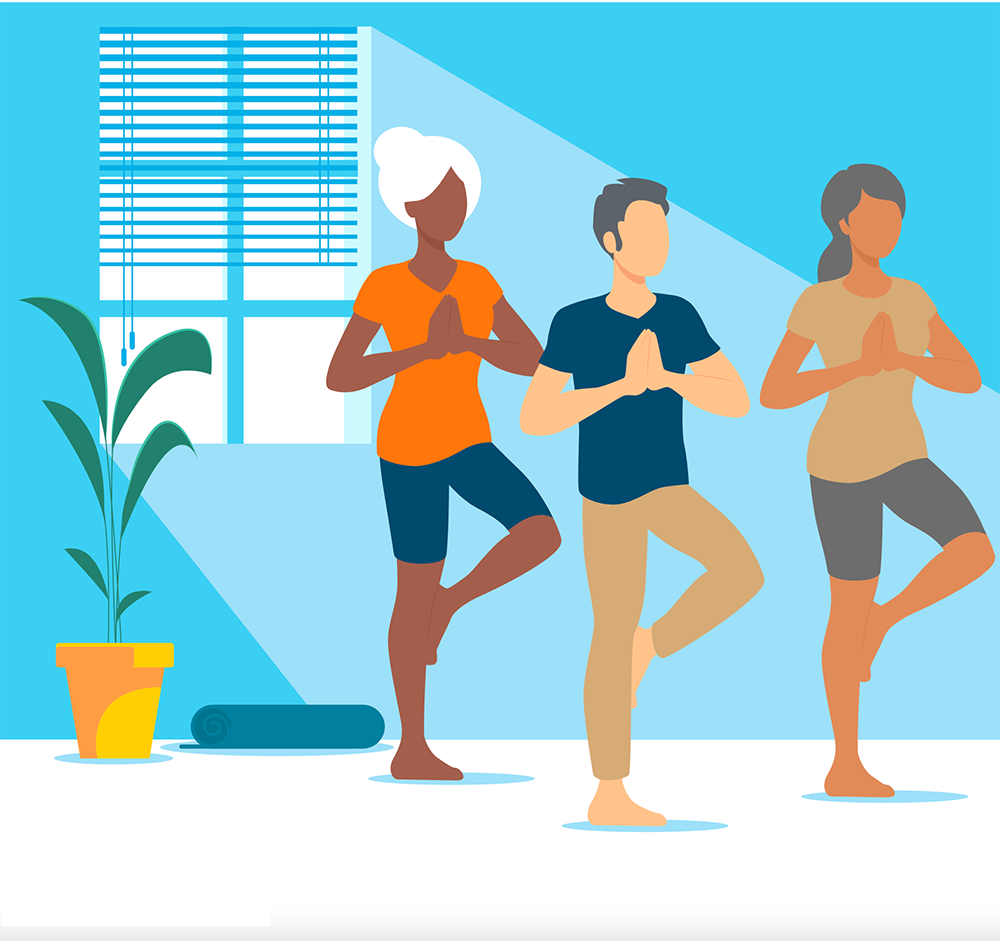As you age, your bone density naturally decreases, meaning your risk for osteoporosis becomes greater over time.
A common disease with serious implications, osteoporosis is so prevalent that an estimated 50 percent of women and 25 percent of men over the age of 50 will experience a bone break due to low bone density in their lifetime, according to Claire Gill, CEO of the Bone Health & Osteoporosis Foundation (BHOF).
Gill joined the BHOF over a decade ago, and around the same time she saw firsthand the negative impact low bone density can have on overall health.
“My mom had fallen and broke her hip at 81,” Gill says. “I found statistics about the recovery rate from hip fractures and there were some very scary statistics. This cause really was important to me as I learned more about it.” Osteoporosis often shows no symptoms until a bone fracture happens, so it is essential to stay proactive and get tested to protect your bones. Here are the osteoporosis essentials:
What is osteoporosis?
Osteoporosis is a chronic disease that weakens bones over time. When osteoporosis occurs, your bones become less dense, so you become more prone to bone fractures. These fractures can happen from falling or from something as simple as sneezing or coughing, depending on the progression of the disease.
Both men and women can develop osteoporosis. However, women— particularly post-menopausal women — are more likely to develop it due to hormonal changes. Those with autoimmune disorders, people with a family history of low bone naturally decreases, meaning your risk for osteoporosis becomes greater over time.
A common disease with serious implications, osteoporosis is so prevalent that an estimated 50 percent of women and 25 percent of men will experience a bone break due to low bone density, and cancer survivors are also more prone to developing osteoporosis.
Did you know?

An estimated 54 million Americans are affected by osteoporosis and low bone mass. SOURCE: BONE HEALTH & OSTEOPOROSIS FOUNDATION
Protecting your bones
There are steps you can take to reduce your risk of developing osteoporosis. Some of those include:
• Maintaining a healthy diet – Eating foods with high levels of vitamin D and calcium daily helps strengthen your bones and protect yourself from osteoporosis and other chronic diseases. Leafy greens, cheeses, yogurt, lean meats and beans, are all foods that promote bone health.
• Weight-bearing and muscle strengthening exercises – Gill says that these workouts include lifting weights, walking, dancing, tennis, or any type of exercise that requires you to be on your feet. Balance activities, such as tai chi, are also beneficial.
• Preventing falls – Finding ways to prevent falls reduces your risk of bone fracture. This can include removing rugs and clutter, fixing loose handrails, and adding grab bars in the bathroom.
• Get tested – The bone density exam, also known as a DXA test, is an easy and non-invasive procedure. The test uses an X-Ray to measure the amount of mineral in your bone tissue, and will produce a T-score indicating bone density levels. Talk to your healthcare provider to see when you should receive a DXA test.
Did you know?

Individuals typically reach peak bone mass between age 25 and 30, and will begin to slowly lose bone mass around age 40. SOURCE: AMERICAN ACADEMY OF ORTHOPAEDIC SURGEONS
Treating osteoporosis
Although there is no cure, you can still lead a normal life with osteoporosis. Treatment can depend on a number of factors including medical history and the severity of bone density loss. Some of these options include taking supplements and medication, hormone treatments, and improving your diet and exercise regimen.
Gill says it is important to remember that when you have been diagnosed with osteoporosis, you are not alone.
“It’s always distressing and upsetting to get a diagnosis,” Gill says. “Be mindful that there is a great path forward and clinicians who can treat you. There’s a lot of support out there.”



